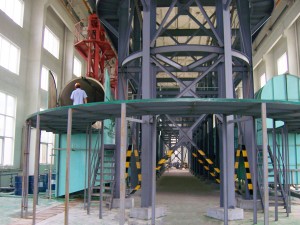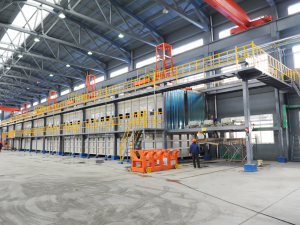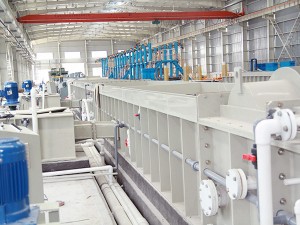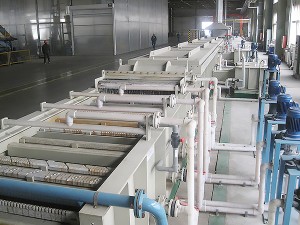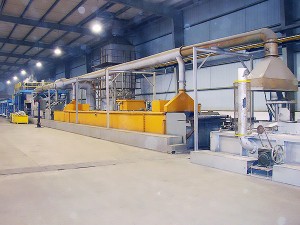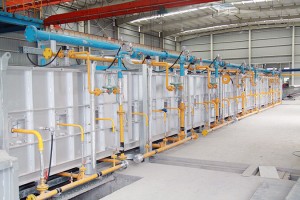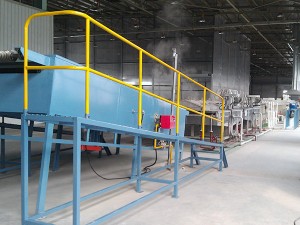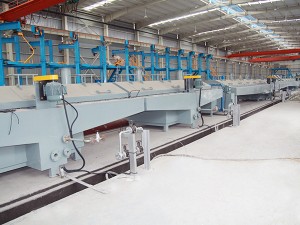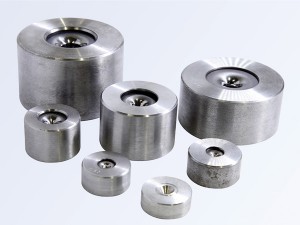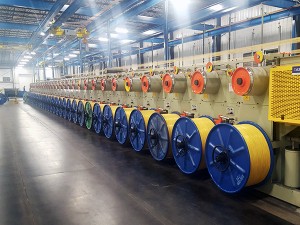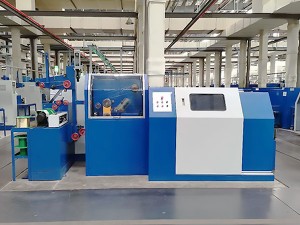Products
Pickling and phosphating (boronizing) production line
Feature
High production capacity, high efficiency, low consumption, few operation faults and less area requirement, low consumption, high automation.
Parameters
|
1 |
Pay-off: load the wire rod on the production line. |
|
2 |
Water seal & Degreasing: Degreasing and cleaning the wire rods entering the production line to wash away the oily attachments on the surface. |
|
3 |
Water seal & Degreasing: Degreasing and cleaning the wire rods entering the production line to wash away the oily attachments on the surface. |
|
4 |
Rinsing: Clean the wire rod after degreasing to remove oils. |
|
5 |
Pickling: Remove the oxide layer on the surface of the wire rod, chemical reaction. |
|
6 |
Rinsing: Clean the wire rod after pickling to remove some residual acid and ferrous iron. |
|
7 |
Rinsing: Further cleaning the wire rod surface. |
|
8 |
High pressure spraying: To perform high-pressure washing on the inner and outer surfaces of the wire rod to remove residual acid and ferrous ions on the surface of the wire rod. |
|
9 |
Surface conditioning: Remove most of the ferrous iron and iron compounds remaining on the surface of the wire rod after pickling; Facilitate the formation of phosphating film with fine and compact grains; Improve the adhesion of phosphate coating. |
|
10 |
Phosphating: Form a phosphate film on the surface of the wire rod. |
|
11 |
High pressure spraying: Remove the phosphating liquid and slag on the wire rod after phosphating. |
|
12 |
Rinsing: Remove the phosphating liquid and slag on the surface of the wire rod after spraying. |
|
13 |
Boronizing: Neutralize the residual acid on the surface of the wire rod. Formed a loose and porous puffed coating on wire rod surface convenient for wire drawing. |
|
14 |
Liming: Neutralize the residual acid on the surface of the wire rod. Formed a liming coating on wire rod surface convenient for wire drawing. |
|
15 |
Saponification: Saponify the surface of the wire rod. |
|
16 |
Drying: Dry the surface of the wire rod. |
|
17 |
Take-up: Unload the processed wire rods from the production line. |
Write your message here and send it to us




